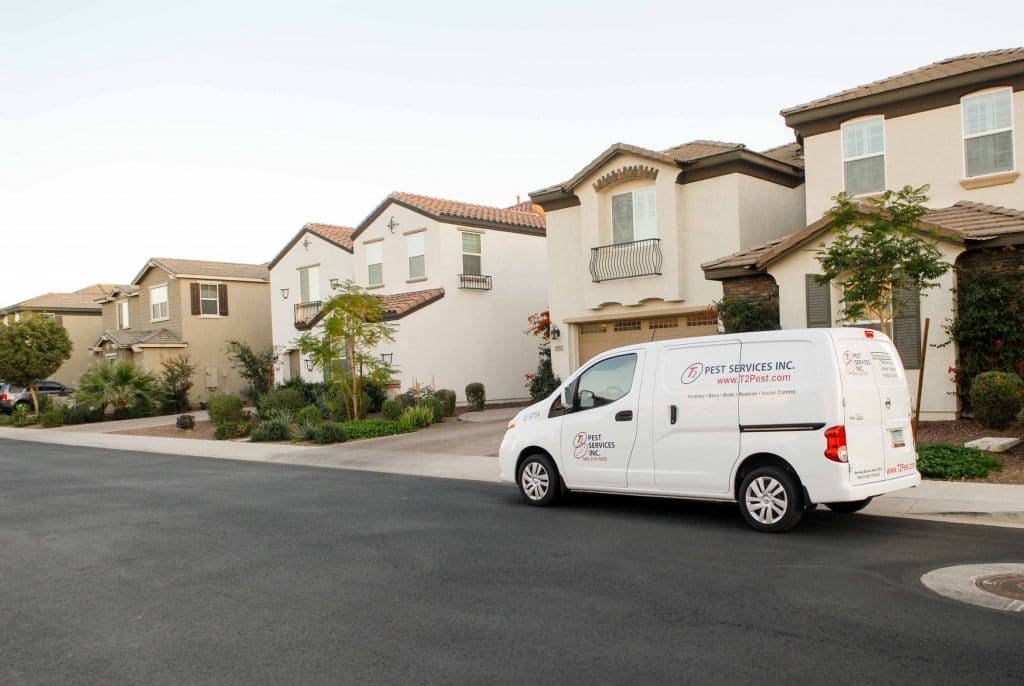Pigeons are a common sight in Arizona, especially in urban and suburban areas where rooftops, ledges, and attics offer easy shelter. But while their presence might seem harmless at first, nesting pigeons can quickly become a serious concern. Accumulated droppings, noise, and potential disease transmission make timely and humane pigeon removal a necessary step for many property owners.
Before taking action, it’s important to understand the legal boundaries surrounding pigeon control and how to approach nest removal responsibly. In this article, we’ll explain the most effective ways to handle pigeon infestations while staying compliant with laws and prioritizing humane treatment.
Why Pigeon Nests Are a Problem
Pigeons often build nests in high, sheltered areas such as rooftops, HVAC units, eaves, balconies, and even under solar panels. These nests aren’t just messy, they can lead to a range of health and structural issues that affect homes, businesses, and public buildings.
- Health concerns: Pigeon droppings can contain harmful fungi and bacteria, including Histoplasma and E. coli. Nesting areas can also harbor parasites like mites and ticks. Learn more about how pigeons can make you sick and why sanitation is crucial.
- Property damage: Nesting materials can block drainage systems, damage insulation, and corrode building surfaces. Their droppings are acidic and can degrade stone, metal, and paint.
- Noise and odor: Nesting birds create persistent noise and foul smells that can be disruptive, especially in enclosed spaces or multi-unit properties.
Nests are usually reused and added to over time, making early intervention essential. Leaving a nest alone may allow the problem to expand and attract more birds.
What the Law Says About Pigeon Removal
In Arizona, pigeons are considered feral or non-native birds and are not protected by the Migratory Bird Treaty Act, which means removal is permitted. However, that doesn’t mean all removal methods are legal or humane.
- It is illegal to remove a nest with eggs or live chicks inside unless you have specific wildlife clearance or work with a licensed professional.
- Tampering with nests during active breeding periods could be considered animal cruelty under certain municipal or state ordinances.
- Poisoning or harming pigeons is never permitted and can result in fines or legal consequences.
Following these regulations is essential not only to stay compliant but also to ensure ethical treatment of animals. The safest route is to consult professionals familiar with both Arizona laws and humane control methods.
Humane Pigeon Nest Removal Practices
Effective pigeon removal doesn’t involve harming the birds, it’s about making your property less attractive and safely removing the elements that keep them coming back. Here’s how humane removal is typically handled:
- Inspection and identification: Professionals assess nesting areas and determine if the nest is active. If chicks or eggs are present, removal is delayed until the fledglings have left.
- Safe removal of nesting material: Once confirmed inactive, all materials are carefully cleared and sanitized to remove pheromones that might attract pigeons back.
- Exclusion methods: Physical barriers such as bird netting, metal spikes, and solar panel guards are installed to prevent re-nesting in the same area.
- Habitat modification: Reducing access to food and water sources on or near the property helps deter future nesting attempts.
For further insight into the types of destruction birds can cause, read more about how pigeons cause damage, particularly when nesting goes unchecked.
What Attracts Pigeons to Your Property
Understanding why pigeons chose your building helps guide effective prevention. Many properties unintentionally provide the perfect nesting conditions. Common attractants include:
- Flat rooftops or open ledges that offer shelter from predators and wind
- Cluttered balconies, unused equipment, or roof vents that create hidden nesting zones
- Open trash bins or pet food dishes that supply a steady food source
- Standing water in gutters, birdbaths, or HVAC runoff lines that support hydration and nesting
- Nearby feeding areas, like parks or restaurants, that draw large flocks
Once pigeons find a comfortable site, they are likely to return season after season. Professional assessments help pinpoint attractants specific to your location and eliminate them effectively.
Why Professional Pigeon Removal Makes a Difference
While it may seem simple to remove a nest or install deterrents yourself, DIY methods often fail to address the full scope of a pigeon infestation. Improper handling can also spread contaminants or lead to unintentional harm.
Here’s why professional help is typically the better option:
- Specialized equipment for safe access to high or difficult areas
- Humane protocols that align with state and local regulations
- Thorough cleanup and sanitation to prevent secondary infestations or health hazards
- Experience with long-term exclusion solutions, ensuring pigeons won’t return once removed
Choosing trained experts ensures your property is protected legally, safely, and permanently without risking compliance or animal welfare.
Take the Next Step Toward Pigeon-Free Living
Dealing with nesting pigeons doesn’t have to be a long-term struggle. For a humane, effective, and legally compliant approach to pigeon removal, contact T2 Pest Services, Inc. today.





